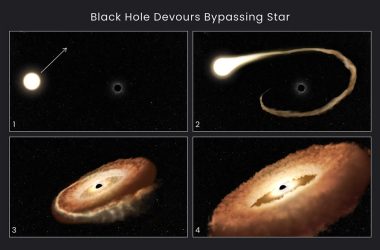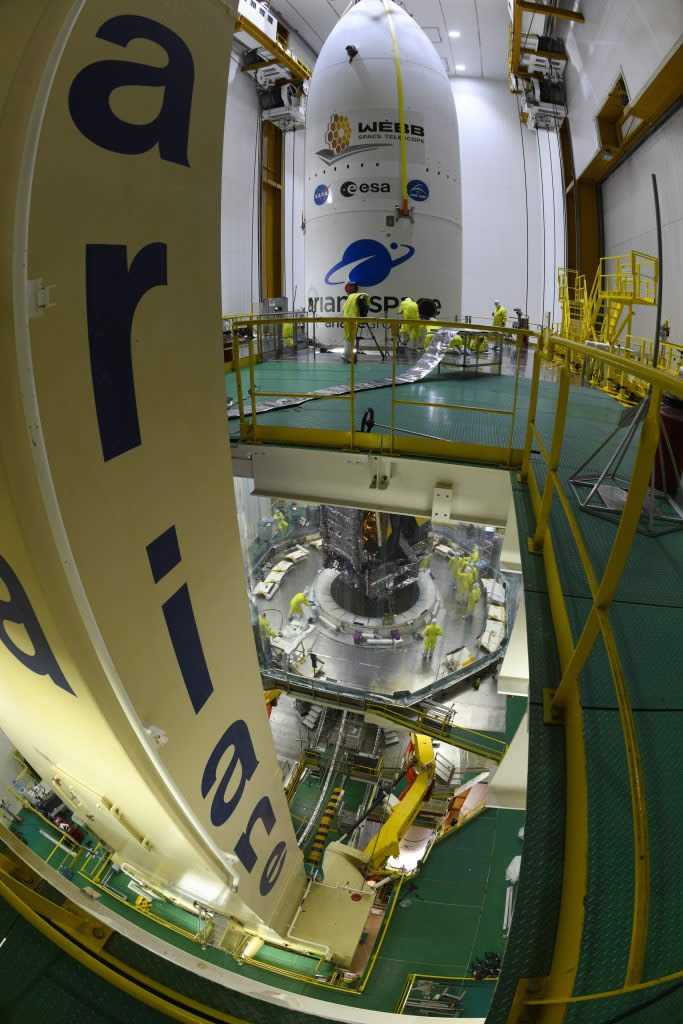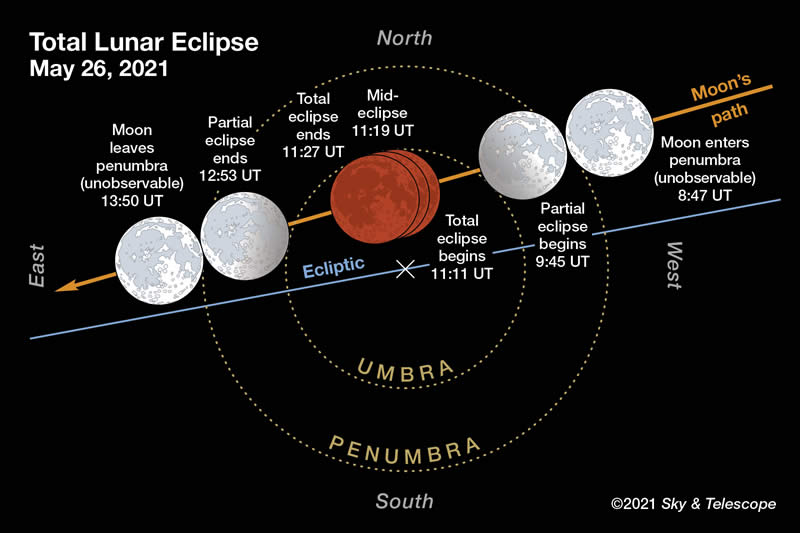
A crowd watches in Central Park, New York City, as the Apollo 11 crew lands on the moon on July 20, 1969. SOURCE: AP/Marty Lederhandler
Washington, D.C. —(ENEWSPF)–July 7, 2015. In a little over one week, NASA’s New Horizons space probe will conclude a nearly decade-long journey to Pluto and other Kuiper Belt objects in order to photograph and study the dwarf planet and its moons. A newly released Center for American Progress column argues that despite the current period of transition within the space program, the United States is still the leading force for space exploration, and more funding would allow NASA to better fulfill its mission.
“For the past 50 years, the United States has been on the forefront of space exploration—from the early successes of the Mercury and Apollo missions to the shuttle missions and our role in the International Space Station,” said Peter Juul, CAP Policy Analyst and author of the column. “In that same time, our unmanned space missions have been even more successful, and the New Horizons probe’s flyby of Pluto is as good an example as any of the United States leading the exploration of our solar system. We should not allow budget constraints to hamper the scientific discovery that U.S. space exploration—manned and unmanned—will allow in the coming decades.”
The New Horizons probe is expected to offer the first photos of the terrain of Pluto, its moon Charon, and other Kuiper Belt objects. It has traveled more than 3 billion miles over nearly 10 years and will come within 7,750 miles of the surface of Pluto on July 14.
Click here to read the column.
Source: www.americanprogress.org








